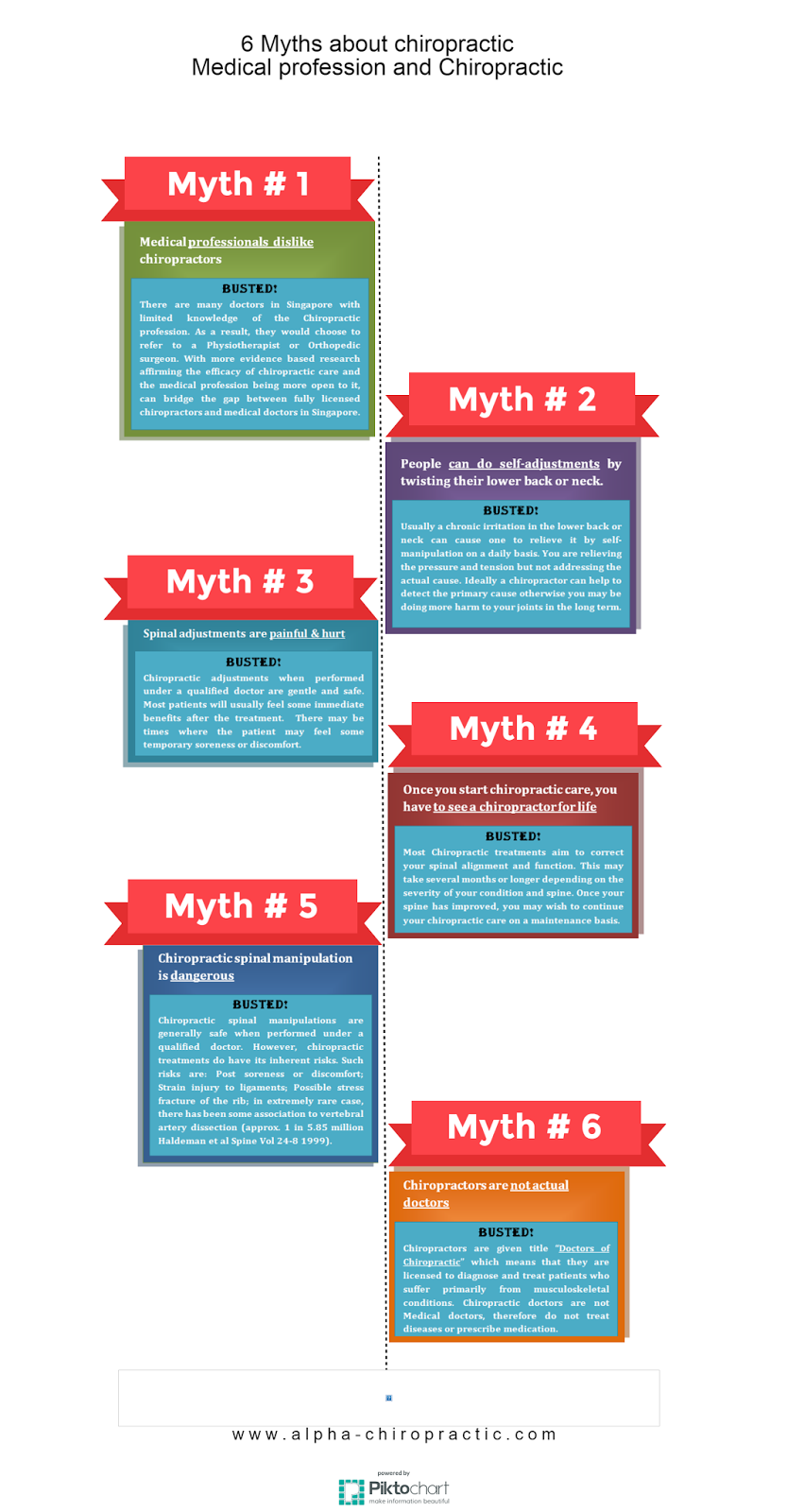Dental Braces Yourself For An Exploration Into The Exciting Cellular Interactions Of Cold Laser Therapy And Its Application Of Light As A Healing Mechanism. Take A Much Deeper Dive Into The Clinical Facets!
Dental Braces Yourself For An Exploration Into The Exciting Cellular Interactions Of Cold Laser Therapy And Its Application Of Light As A Healing Mechanism. Take A Much Deeper Dive Into The Clinical Facets!
Blog Article
Team Writer-Walls Hutchison
You may have come across cold laser therapy as a promising treatment alternative for different conditions, however have you ever wondered just how it in fact deals with a cellular level? Recognizing the mechanisms behind this therapy can shed light on its efficiency in promoting healing and lowering inflammation. By exploring the scientific research behind cold laser treatment, you'll obtain understandings into the fascinating ways in which light can affect cellular processes and facilitate tissue repair.
How Cold Laser Therapy Works
To understand just how cold laser treatment works, you need to understand the essential concepts of exactly how light power engages with biological cells. https://cesarqxejp.blogsidea.com/40253609/gain-an-extensive-understanding-of-the-security-ramifications-of-cold-laser-treatment-by-checking-out-the-delicate-stability-between-dangers-and-preventative-measures-included , additionally called low-level laser therapy (LLLT), uses particular wavelengths of light to permeate the skin and target hidden tissues. Unlike the extreme lasers utilized in procedures, cold lasers give off reduced degrees of light that don't produce warmth or trigger damages to the cells.
When these gentle light waves reach the cells, they're absorbed by elements called chromophores, such as cytochrome c oxidase in mitochondria. This absorption activates a collection of biological actions, consisting of enhanced mobile energy manufacturing and the release of nitric oxide, which improves blood circulation and minimizes inflammation.
Furthermore, malti gupta can likewise boost the production of adenosine triphosphate (ATP), the energy currency of cells, assisting in mobile fixing and regeneration processes.
In essence, cold laser therapy takes advantage of the power of light energy to promote healing and minimize pain in a non-invasive and mild fashion.
Systems of Activity
How does cold laser treatment really work to create its restorative impacts on organic cells?
Cold laser therapy, likewise known as low-level laser treatment (LLLT), operates with a procedure known as photobiomodulation. When the cold laser is applied to the skin, the light energy penetrates the cells and is absorbed by chromophores within the cells.
These chromophores, such as cytochrome c oxidase in the mitochondria, are then boosted by the light power, leading to a waterfall of biological reactions. One crucial system of action is the enhancement of cellular metabolic rate.
The taken in light energy boosts ATP manufacturing in the mitochondria, which is crucial for mobile feature and repair work. Furthermore, cold laser treatment assists to minimize swelling by hindering inflammatory moderators and advertising the release of anti-inflammatory cytokines.
This anti-inflammatory result contributes to discomfort alleviation and tissue recovery.
Restorative Results
Recognizing the healing effects of cold laser therapy entails identifying exactly how the improved mobile metabolic rate and anti-inflammatory homes add to its positive outcomes on biological tissues.
When the cold laser is put on the afflicted location, it boosts the mitochondria within the cells, bring about boosted production of adenosine triphosphate (ATP), which is important for mobile function and fixing. This increase in mobile power speeds up the healing process by advertising tissue regeneration and minimizing swelling.
Furthermore, the anti-inflammatory residential or commercial properties of cold laser treatment assistance to lower pain and swelling in the targeted area. By preventing inflammatory moderators and promoting the launch of anti-inflammatory cytokines, cold laser therapy aids in easing pain and improving the total recovery feedback.
This reduction in swelling not just gives prompt relief yet likewise supports lasting cells repair service.
Final thought
In conclusion, cold laser treatment functions by stimulating cellular repair and cells regrowth through photobiomodulation. Its anti-inflammatory properties give discomfort alleviation and decrease swelling by hindering inflammatory mediators.
This treatment offers an extensive method to healing, delivering both prompt relief and long-lasting tissue fixing advantages.
With its devices of activity, cold laser treatment verifies to be an effective and appealing treatment alternative for a selection of problems.
